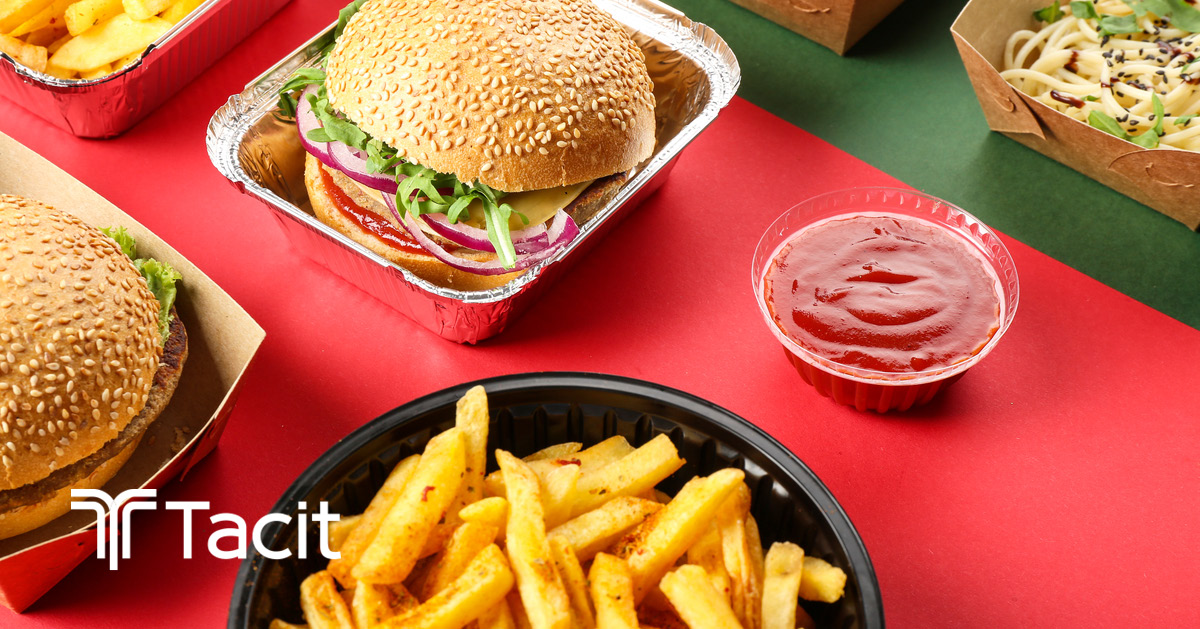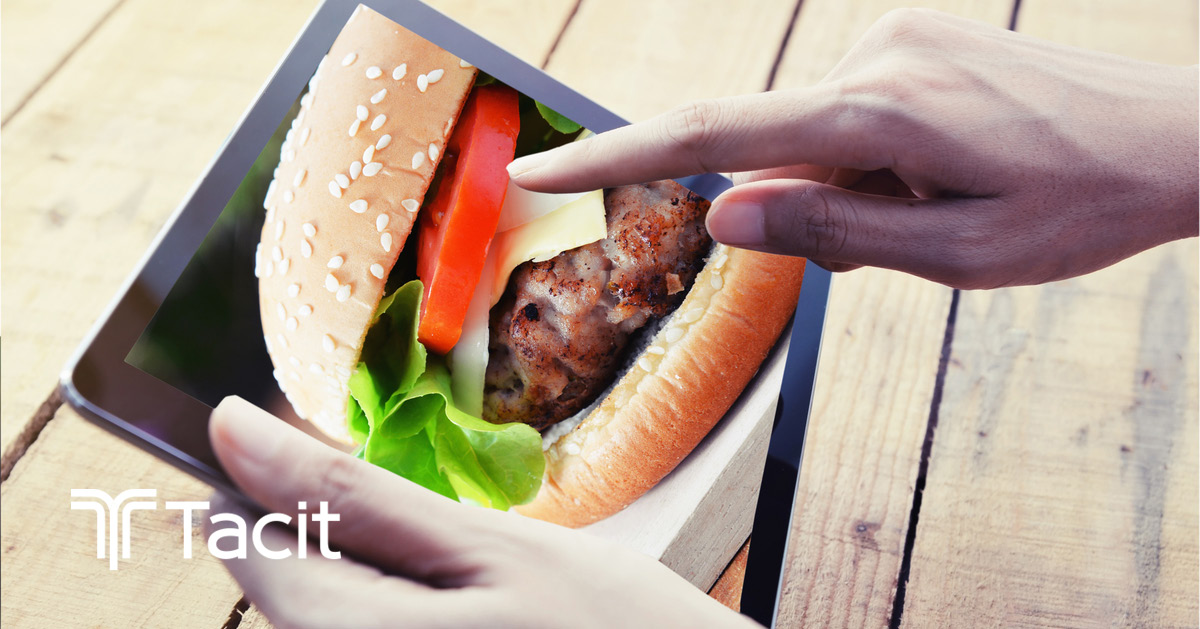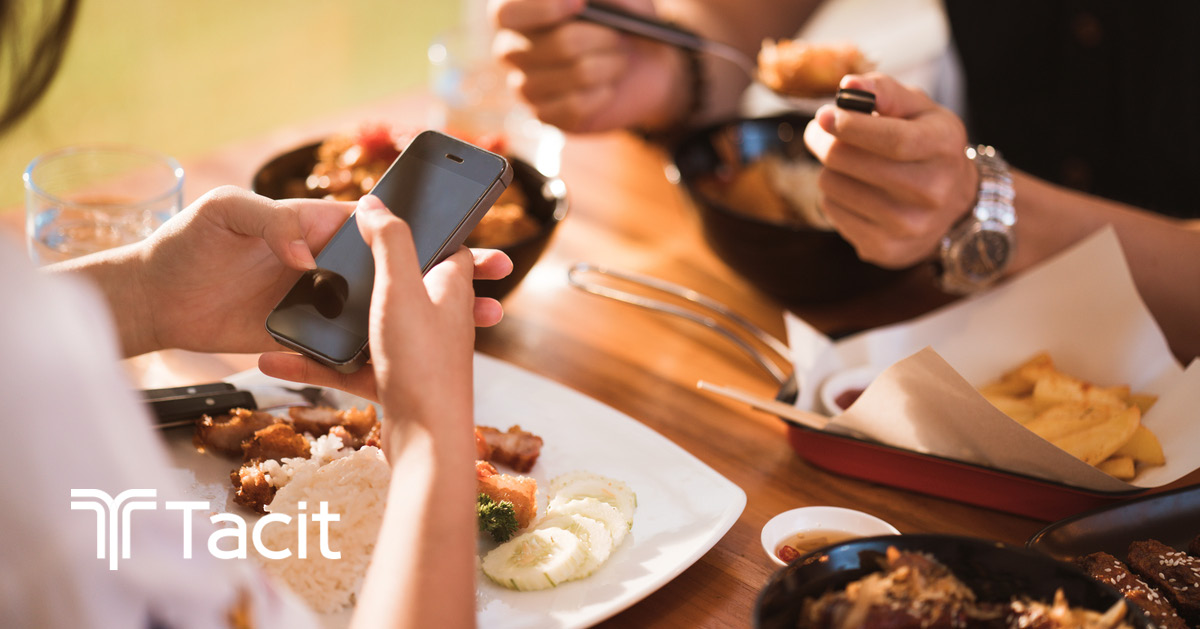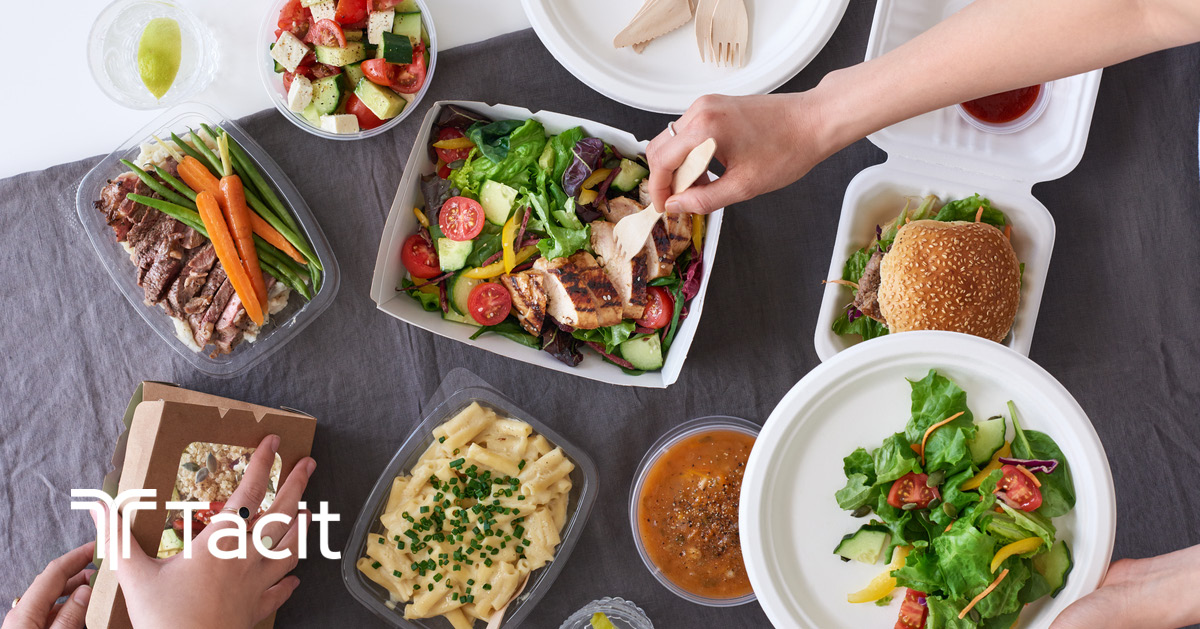21 Feb Third-Party Food Delivery Strategy: How to Develop One & What to Consider
How long has your organization considered building a third-party food delivery strategy? If your restaurant hasn’t, you are behind. The trends toward convenience over visiting a restaurant are only growing stronger, and restaurateurs need to build winning strategies that leverage third-party delivery to stay successful. Of course, that is not always the simplest and easiest feat. Thus, restaurateurs should take the time to understand the misconceptions in third-party delivery strategies, follow the best practices to build one successfully, and lastly, take a couple of considerations to maximize value.










